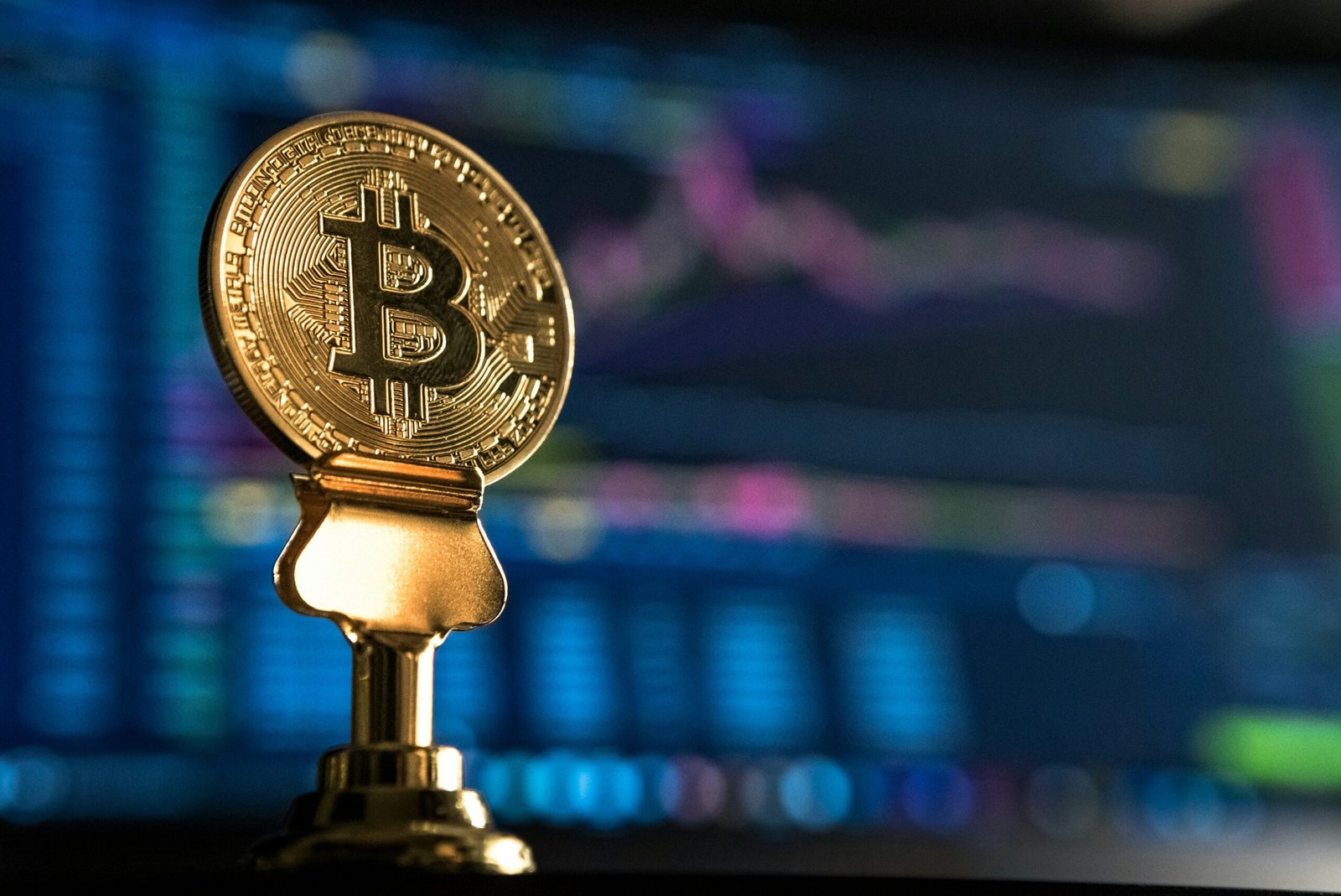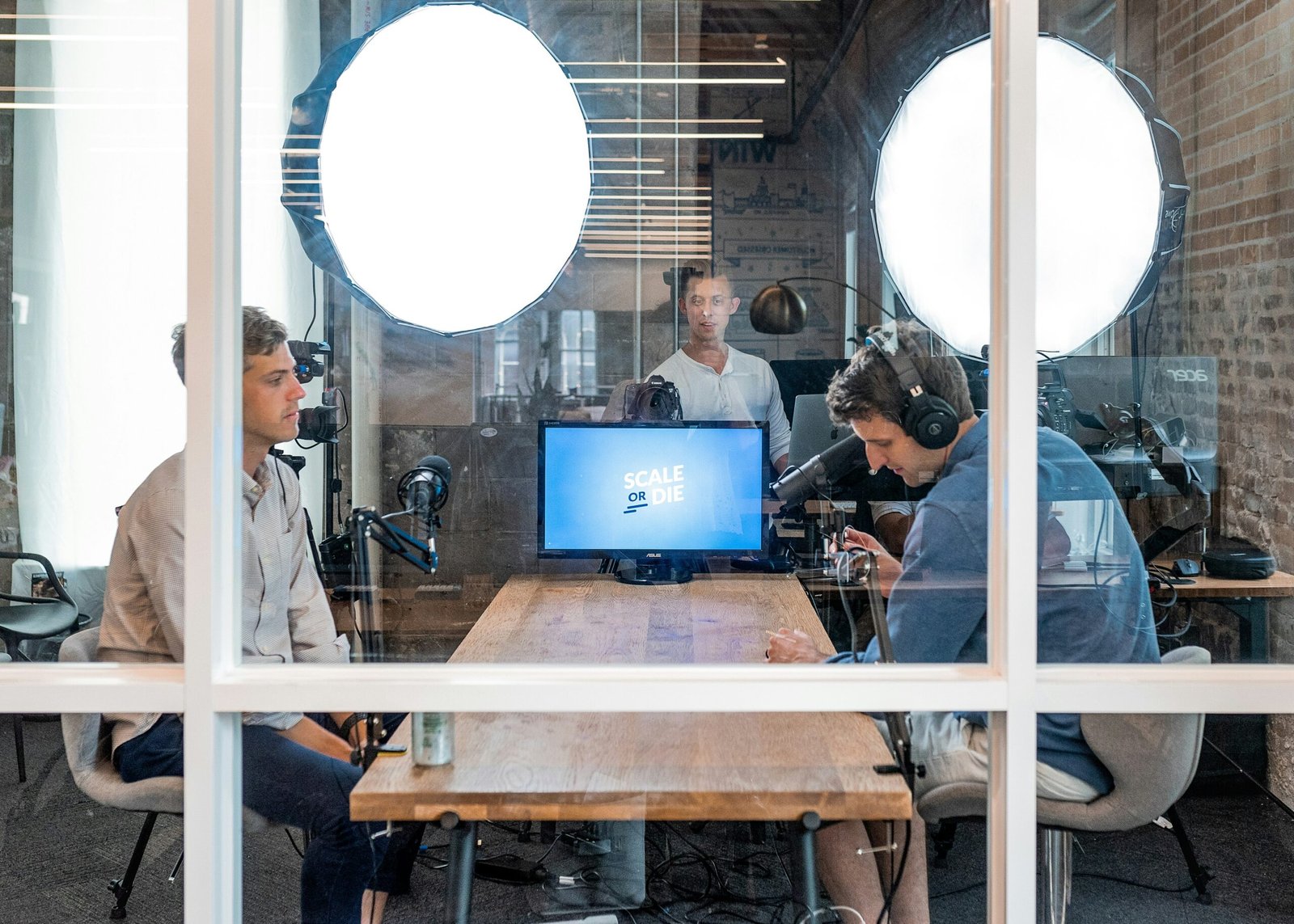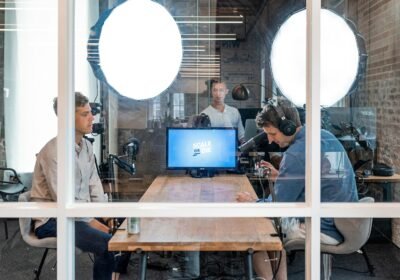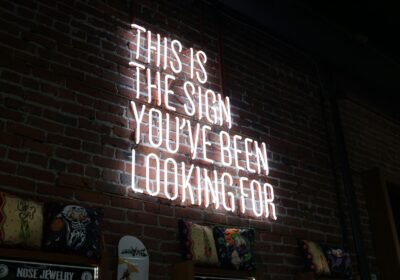Exploring the Hidden Lifestyles of North Korea: A Glimpse into Contemporary Living
Understanding North Korea’s Modern Lifestyle
North Korea, often perceived through the lens of its political regime, presents a complex tapestry of daily life that is both fascinating and challenging. The modern lifestyle of North Koreans is heavily influenced by the country’s stringent government policies and cultural values. With a focus on collective identity and loyalty to the state, individual aspirations are often subsumed under the broader objectives of the regime.
Life in North Korea is characterized by a stark contrast between the ideals propagated by the government and the realities faced by ordinary citizens. While the leadership promotes a narrative of self-sufficiency and the “Juche” ideology, many North Koreans navigate significant limitations in their access to information and resources, impacting their daily routines and social interactions. The state heavily regulates aspects of life, from career choices to leisure activities, reflecting a systematic control that extends into the private lives of individuals.
Despite these constraints, North Koreans exhibit resilience and resourcefulness in their everyday existence. The introduction of markets, though often illegal, has fostered a burgeoning informal economy where citizens trade goods and services outside state mechanisms. This evolution has led to a diversification of lifestyles, where individuals strive to improve their quality of life despite the risks involved. Such a shift signifies a subtle yet notable change in the societal norms, allowing for more personal expression in the face of prevailing restrictions.
In urban areas, particularly Pyongyang, there are glimpses of modernization with the emergence of new infrastructure, entertainment venues, and even international influences. This development highlights a duality where traditional customs coexist with a slow but palpable integration of contemporary practices. For many, the desire to experience aspects of global culture, albeit limited, signifies the complexity of North Korean identity today.
The landscape of North Korean lifestyle, therefore, is a reflection of the broader socio-political environment, continually evolving against the backdrop of stringent governance. It is through these dynamics that one can grasp the lived experiences of a populace navigating the contradictions between aspiration and reality.
Trends in Fashion and Consumer Culture
The fashion scene in North Korea has experienced notable shifts in recent years, largely influenced by globalization and the increasing exposure to South Korean media. Young North Koreans are gradually adopting styles that reflect modern trends, driven by the subtle infiltration of foreign cultural influences. This transformation is particularly visible in the apparel choices among the youth, where traditional attire is often blended with contemporary fashion elements. For instance, it is becoming commonplace to see young people donning brands and styles reminiscent of South Korean pop culture.
The growing availability of Western products, though limited, has also begun to change the consumer landscape in North Korea. Black markets have emerged, where foreign goods are sold, reflecting a desire for variety and a departure from the strictly regulated items provided by the state. The demand for jeans, sneakers, and fashionable shirts indicates a shift in consumer habits, as North Koreans seek to express individuality through their clothing choices.
However, it is essential to note that the North Korean government maintains stringent guidelines on acceptable attire. Citizens are expected to adhere to a prescribed dress code that promotes traditional values and loyalty to the regime. For instance, items deemed too revealing or closely resembling Western fashion may face backlash from authorities. Despite these limitations, people continue to find subtle ways to express their personal identities, creating a delicate balance between adherence to state mandates and contemporary fashion trends.
In this evolving landscape, the dynamic interplay between North Korean cultural heritage and global influences portrays a unique narrative of lifestyle transformation, particularly among the younger generation. As these trends continue to develop, they offer fascinating insights into how North Koreans navigate their identities within a complex societal framework.
Recreational Activities and Social Life
Recreational activities and social life play a significant role in the daily existence of North Koreans, offering a brief respite from the constraints imposed by the regime. North Korean citizens engage in a variety of sports and group events that are not only popular but also serve as essential avenues for community bonding. Sports such as soccer, basketball, and table tennis are prevalent, with amateur leagues often forming within neighborhoods. These activities not only promote physical health but also foster camaraderie among participants, reinforcing a sense of belonging in a tightly controlled society.
Group activities and community gatherings are integral parts of social life in North Korea. Events like mass dances, parades, and performances are organized to celebrate national holidays or commemorate significant historical dates. Such gatherings often feature synchronized choreography and elaborate costumes, reflecting the nation’s focus on collective identity. Music and cultural pastimes, including folk songs and traditional dances, are deeply embedded in the North Korean experience, serving as mediums to express national pride. These forms of entertainment provide citizens with opportunities to momentarily escape the harsh realities of life in a country marked by strict government oversight.
Festivals, such as the Arirang Festival, are particularly noteworthy, as they showcase a unique blend of sports, arts, and patriotism. The event features thousands of participants performing gymnastic displays and elaborate performances that narrate North Korea’s history and ideals. This spectacle not only promotes physical activity but also cultivates a collective spirit among citizens. Engaging in such recreational activities helps North Koreans develop social connections, thereby enhancing their resilience amid the challenges they face. Overall, the recreational activities and social life in North Korea paint a complex picture of a people finding joy and solidarity in shared experiences.
The New Wave of Technology and Media Consumption
In recent years, the technological landscape in North Korea has undergone notable changes, influencing various aspects of daily life and social dynamics. While access to technology remains limited and heavily monitored, the growth of mobile technology and digital media consumption has introduced new avenues for communication and information exchange among the populace. The increasing availability of smartphones, although restricted to a state-controlled version, has begun to reshape how citizens interact with information and each other.
The government’s tight control over media continues to persist, with a focus on promoting state-sanctioned content that aligns with ideological narratives. Despite this, individuals are increasingly seeking alternative means to access information. The proliferation of computer clubs, local networks, and smuggled external media provides a glimpse into a burgeoning interest in global culture and lifestyles. North Koreans, especially the younger demographic, are using these channels, often at great personal risk, to connect with a world beyond their borders and to gain insights into different ways of living.
This desire for modern conveniences and an easier way of life contrasts sharply with the state’s restrictions, leading to a complex relationship between government information control and the citizens’ aspirations. For many, the ability to consume digital media serves as a form of escapism and a potential tool for enlightenment, fostering a growing sense of agency among the population. Interestingly, this shift may influence public perception, as individuals increasingly compare their realities to the narratives portrayed in the external media they access.
Ultimately, while North Korea remains one of the most isolated countries in the world, the impact of technology on lifestyles is becoming increasingly evident. The interplay between government control and the public’s yearning for connection fundamentally shapes contemporary life in the country, marking the beginning of a new technological era within its borders.







